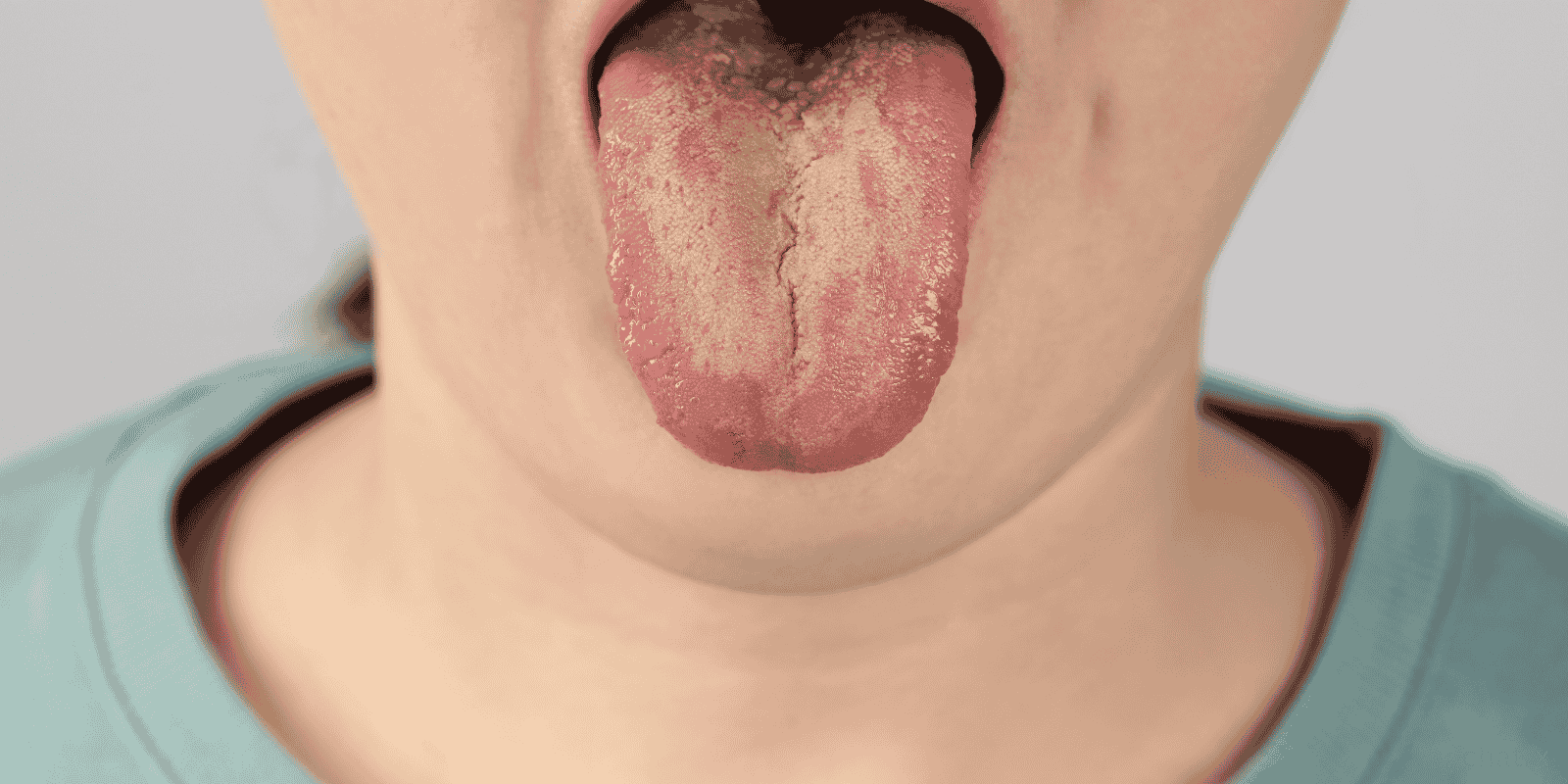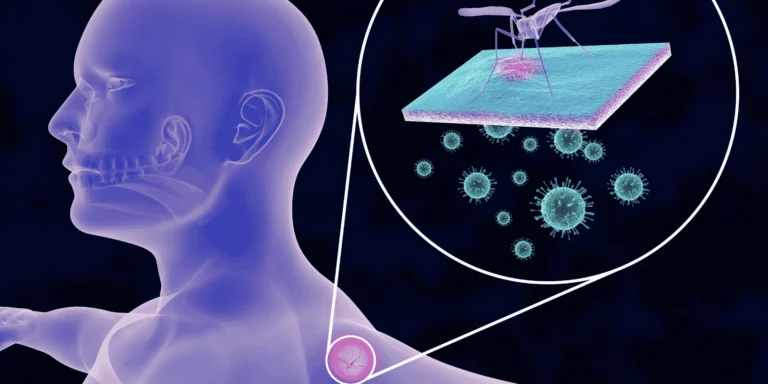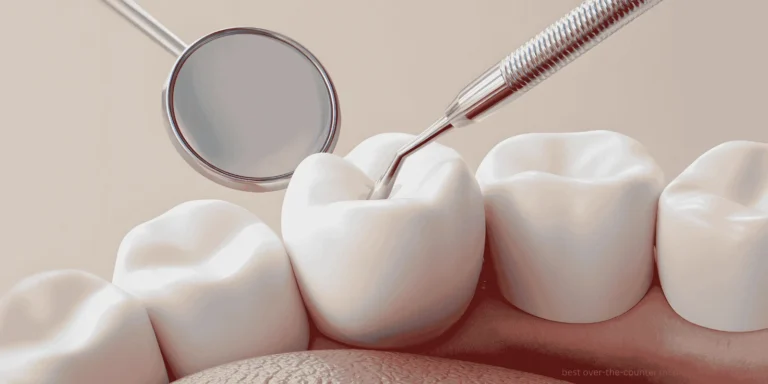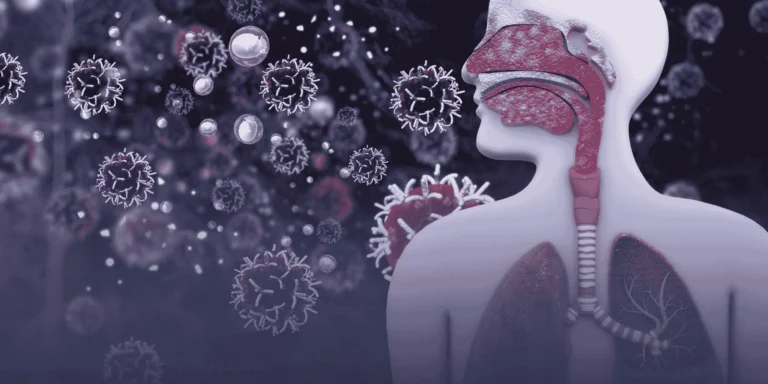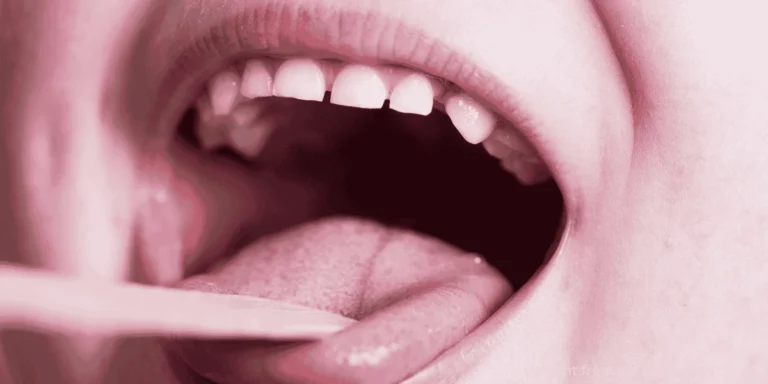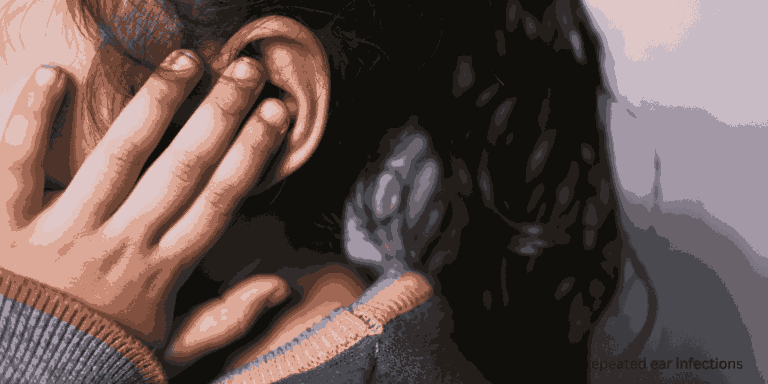Oral thrush (candidiasis) causes distinctive white or yellow patches in the mouth that can be wiped away, revealing red, raw tissue underneath. This fungal infection typically develops gradually and can cause significant discomfort.
Classic visual symptoms: White or cream-colored patches appear on the tongue, inner cheeks, gums, or roof of the mouth. These patches look like cottage cheese or milk curds.
Red, raw areas become visible when patches are wiped away, often bleeding slightly.
Cracked corners of the mouth (angular cheilitis) create painful fissures that may bleed or ooze.
Physical sensations: Burning or soreness in the mouth and throat, especially when eating spicy or acidic foods.
Dry mouth sensation with reduced saliva production or altered saliva consistency.
Loss of taste or a metallic taste that affects the enjoyment of food and beverages.
Pain while swallowing, particularly with liquids or when patches extend to the throat.
Location patterns: Tongue involvement often shows a white coating that doesn’t brush away easily, unlike a normal tongue coating.
Inner cheek patches appear as irregular white spots that can be small or cover large areas.
Gum and palate lesions may be less noticeable but cause significant discomfort.
Throat extension occurs in severe cases, causing painful swallowing and voice changes.
Associated symptoms: Bad breath (halitosis) that doesn’t improve with regular oral hygiene.
Difficulty eating due to pain and altered taste sensation.
Lip involvement with dryness, cracking, or angular fissures.
Systemic symptoms like low-grade fever may occur in immunocompromised patients.
Symptom severity variations: Mild cases may only cause slight discomfort with small patches.
Moderate infections create noticeable pain and eating difficulties.
Severe thrush can make swallowing painful and cause significant nutritional concerns.
Risk factors that worsen symptoms:
- Dentures that don’t fit properly
- Diabetes with poor blood sugar control
- Recent antibiotic use
- Immunosuppressive medications
When to seek care:
- Persistent white patches that don’t brush away
- Painful swallowing or eating difficulties
- Symptoms in infants or elderly individuals
- Recurrent episodes of oral thrush
If you’re experiencing white patches in your mouth, persistent oral pain, or difficulty swallowing, ChatRx can help diagnose thrush and prescribe appropriate antifungal treatment.

